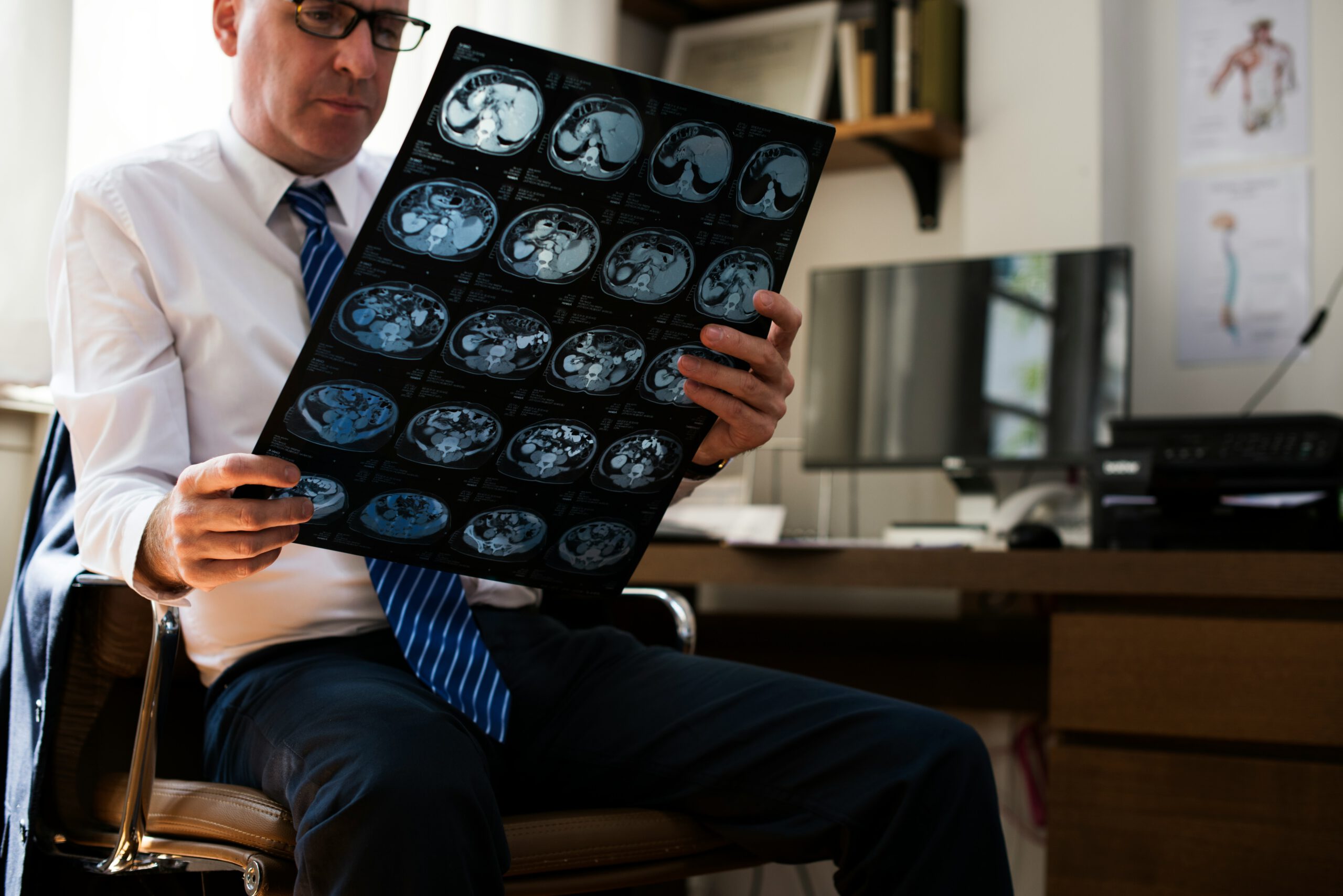Depression treatment has evolved dramatically over the last several decades, giving patients more options than ever before. Yet many still wonder why some people respond well to medication while others do not. In the discussion of TMS vs. SSRIs, understanding how each treatment affects the brain is key to making informed clinical decisions. While both approaches aim to reduce symptoms of depression, they do so in fundamentally different ways—one focuses on brain chemistry, and the other on brain circuitry.
Understanding SSRIs: Adjusting Brain Chemistry
SSRIs, or selective serotonin reuptake inhibitors, are among the most widely prescribed antidepressants in the world. Their main purpose is to increase serotonin levels in the brain, a neurotransmitter associated with mood, sleep, and appetite regulation. Common examples include fluoxetine (Prozac), sertraline (Zoloft), and escitalopram (Lexapro).
When serotonin is released between neurons, SSRIs prevent its rapid reabsorption, allowing it to remain active longer in the brain. This prolonged presence can improve communication between neurons and enhance mood over time. However, this process takes weeks to work and does not directly address the neural activity patterns that underlie depression. Instead, SSRIs create a chemical environment in which mood regulation may gradually improve.
The limitation of SSRIs lies in their indirect action. Because they influence the brain’s chemical balance globally, patients can experience a wide range of side effects—such as fatigue, nausea, sexual dysfunction, and weight changes. Additionally, up to one-third of patients with major depressive disorder fail to find adequate relief after trying two or more antidepressants. For these individuals, it becomes crucial to explore treatments that work on a different system altogether.
TMS Therapy: Targeting Brain Circuits Directly
In contrast to medication, Transcranial Magnetic Stimulation (TMS) works by stimulating specific brain regions rather than altering neurotransmitter levels throughout the entire brain. The treatment uses magnetic pulses to activate the dorsolateral prefrontal cortex (DLPFC)—an area often underactive in patients with depression.
During a TMS session, a clinician positions a magnetic coil over the patient’s scalp. The coil emits focused magnetic fields that safely pass through the skull and induce small electrical currents in targeted brain tissue. Over time, this stimulation helps normalize the communication between the DLPFC and deeper limbic regions responsible for emotion regulation.
The result is a direct, circuit-based correction of the brain’s activity pattern, which can lead to measurable symptom improvement. Unlike medications, TMS does not involve systemic side effects, does not require daily administration, and is completely non-invasive. It is also FDA-cleared for treatment-resistant depression and other mental health disorders.
TMS vs. SSRIs: Two Different Paths to the Same Goal
1. Mechanism of Action
The primary difference between TMS vs. SSRIs lies in how they act on the brain. SSRIs modify neurotransmitter concentrations across many regions, indirectly influencing neural activity. TMS, on the other hand, delivers targeted stimulation to the exact neural circuits known to be dysregulated in depression.
In simpler terms, SSRIs adjust the chemical environment, while TMS retrains the electrical activity of the brain.
2. Time to Effect
Many patients taking SSRIs must wait four to six weeks before noticing any significant improvement, and even then, outcomes vary. TMS typically shows measurable progress within two to four weeks of consistent sessions. The faster response rate can be critical for individuals who have experienced years of trial-and-error with medications.
3. Side Effects and Safety
Because SSRIs affect the entire body’s serotonin system, side effects can be systemic—impacting sleep, digestion, and libido. TMS side effects are localized and mild, usually limited to temporary scalp discomfort or mild headache during treatment. There is no memory loss, no sedation, and no downtime, allowing patients to return to daily activities immediately after sessions.
4. Long-Term Outcomes
Studies indicate that the benefits of TMS often continue after treatment ends, especially when followed by maintenance sessions or combined with psychotherapy. SSRIs, on the other hand, must be taken continuously to sustain results, and discontinuation can lead to withdrawal symptoms or relapse.
For individuals seeking durable, non-pharmacological solutions, TMS offers a compelling alternative supported by a growing body of clinical evidence.
Who Should Consider TMS?
If a patient has tried two or more antidepressants without significant improvement, they may meet the criteria for treatment-resistant depression (TRD). For these patients, switching from a purely chemical approach to a circuit-based intervention like TMS could be life-changing.
Clinicians are increasingly integrating TMS into multidisciplinary treatment plans that combine medication management, psychotherapy, and neurostimulation. The approach is tailored, evidence-driven, and guided by precise measurements of brain function rather than trial and error.
The Future of Depression Treatment
The growing body of research on TMS vs. SSRIs highlights an important shift in psychiatry—from focusing solely on neurotransmitters to understanding how neural circuits function. This circuit-based model represents the next generation of mental health care: more personalized, data-driven, and biologically informed.
As technology advances, clinicians are now able to map the brain’s connectivity and deliver stimulation that matches each patient’s unique neuroprofile. The result is a new era of interventional psychiatry—one that moves beyond symptom suppression toward genuine neural restoration.
Learn More About TMS Technology
To explore how the Blossom TMS Therapy System supports clinics and clinicians with advanced, FDA-cleared technology, visit Blossom TMS Therapy System.
Phone: 833.3BUY.TMS (+1.833.3289.867)
Email: Sales@sebersmedical.com
Address: 230 S Broad Street, 17th Floor, Philadelphia, PA 19102





